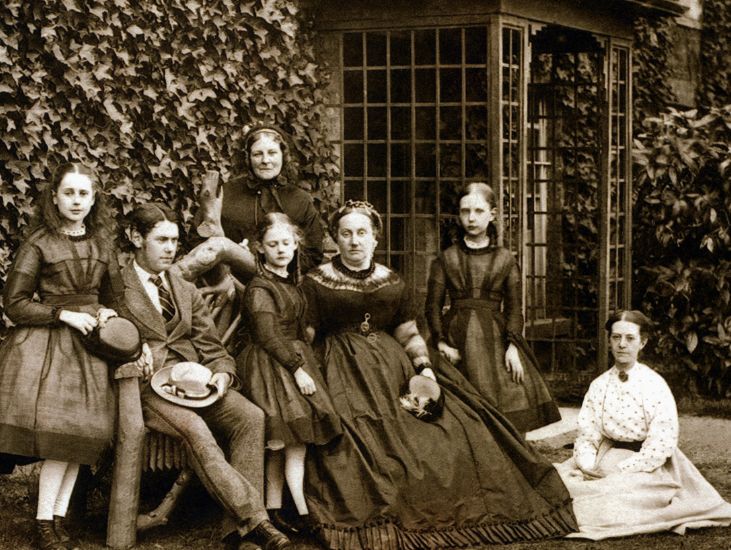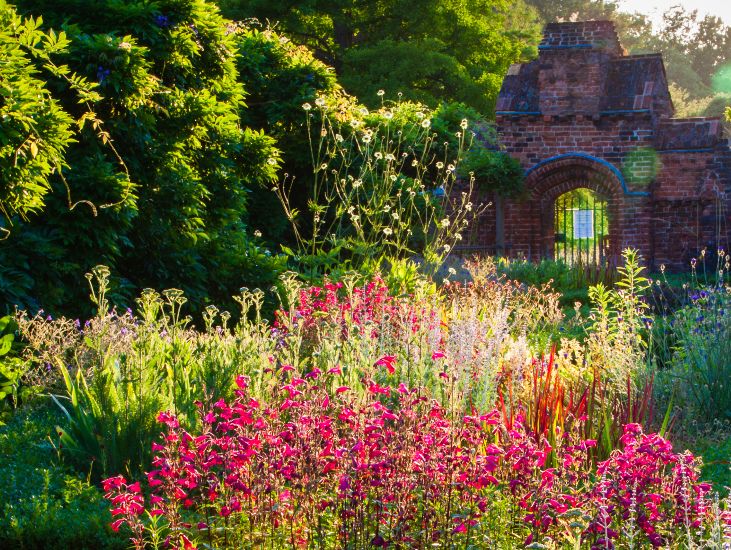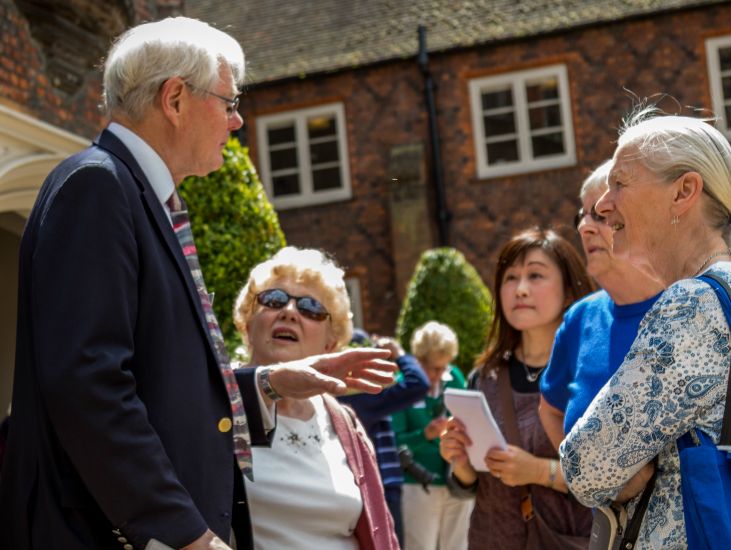Architectural styles
The house is a mixture of different architectural styles. Each reveals the changing tastes and needs of the Bishops and their families.
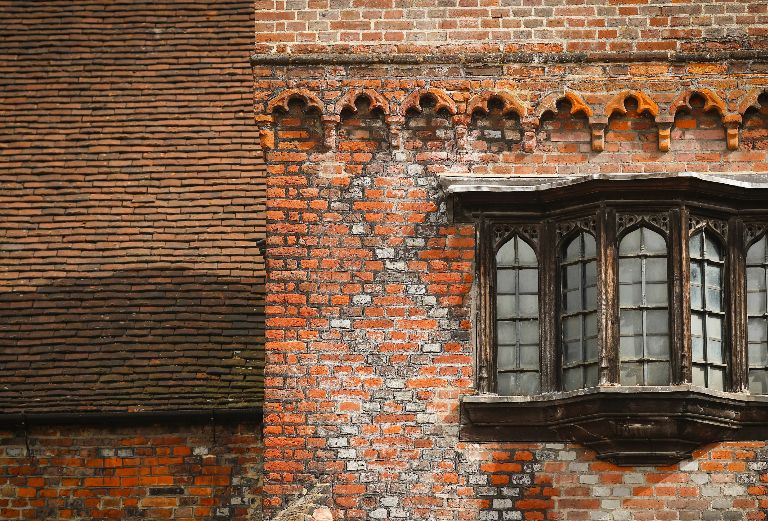
The red brick Tudor courtyard and the great hall are the oldest parts of the surviving building, dating to around 1495. Over the centuries, the great hall was remodelled to suit the fashions of the day. Its function changed too; originally a banqueting hall and court room, it became a drawing room, chapel and finally a dining room.
In the 1760s Bishop Terrick demolished the medieval chapel and redesigned parts of the house and a chapel in the fashionable Strawberry Hill Gothic style. The design improved the views from the house of the River Thames and the newly landscaped garden.
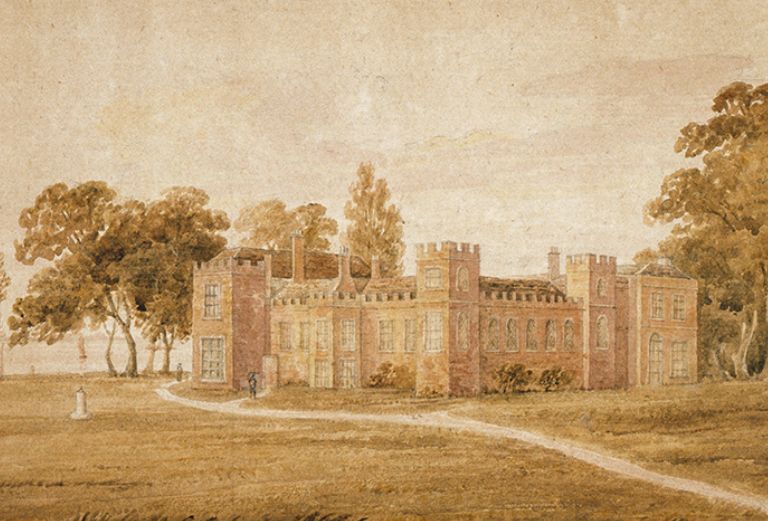
This Gothic Revival was short lived, though a few pointed windows do remain. Around 50 years later Bishop Howley had the facades remodelled to their current Georgian style and the chapel turned into a library. He was not a fan what he called ‘Gothic nonsense’.
The most recent addition to the house is the chapel, built for Bishop Tait in the 1860s. The elaborate brick and mosaic work quickly fell out of fashion, however, and just 30 years later Bishop Creighton and his wife covered one of the walls with a curtain, and added their own altarpiece. Fulham Palace Trust’s future restoration plans include revealing a portion of the original design.
Find out more about our plans for our Grade I listed house.

